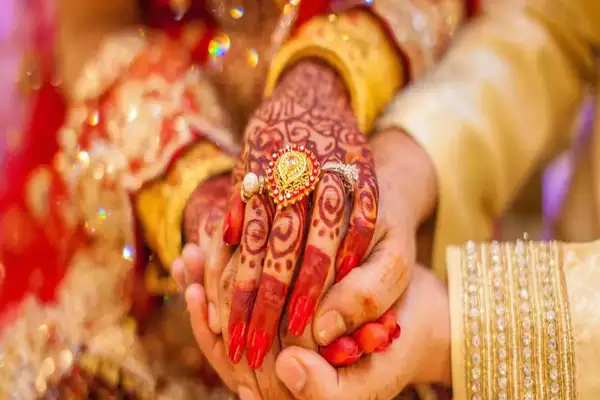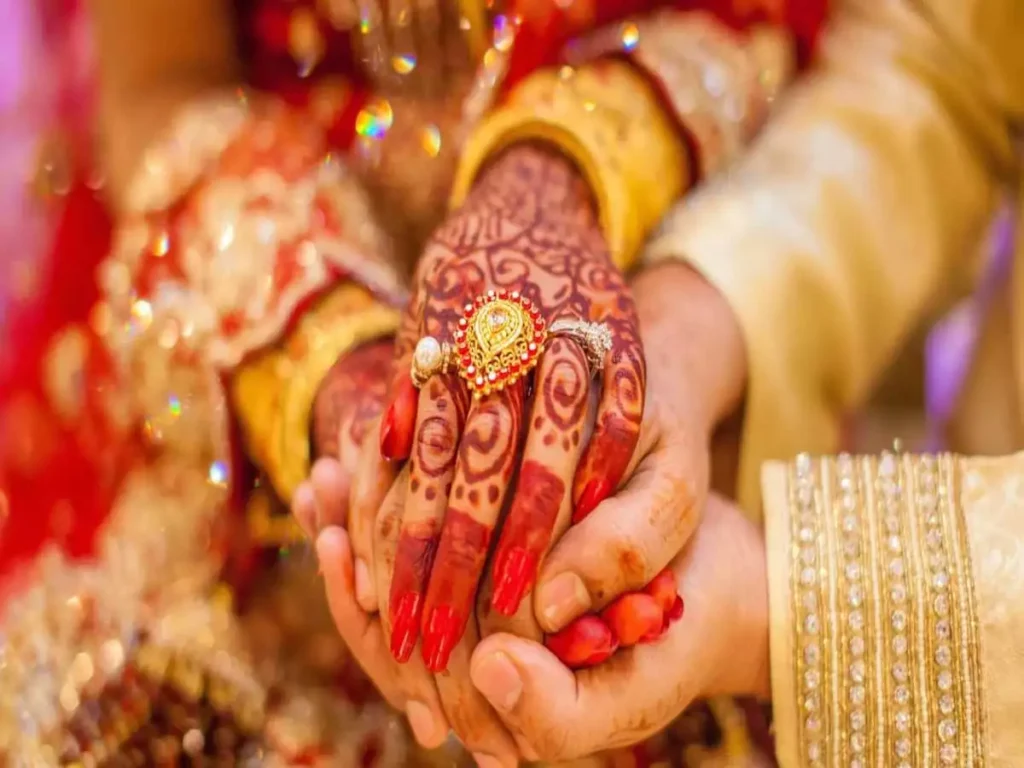The Himachal Pradesh Amendment Bill, 2024 raises the minimum marriage age for women to 21, which promotes gender equality and enhances educational opportunities.
Why Was the Bill Introduced?
- Promote Gender Equality: To close the gender gap in education and career opportunities by aligning the marriage age of women with men.
- Support Higher Education: Early marriages hinder educational and career progress, negatively affecting women’s development.
- Reduce Child Marriage: Strengthen legal frameworks to prevent child marriages, ensuring girls are more mature when making marital decisions.
- Health and Well-being: Delaying marriage reduces health risks associated with early pregnancies, ensuring better outcomes for women and children.
Sociological Implications
- Promoting Gender Equality: Helps balance educational and career opportunities between men and women.
- Encouraging Higher Education: More women will have the chance to complete higher education, leading to better career prospects.
- Reducing Child Marriage: Legal age set at 21 provides stronger protection against child marriages.
- Health Benefits: Delaying marriage leads to lower maternal mortality rates and fewer teenage pregnancies.
Does This Ensure Empowerment?
- Significant Step, But Not Enough: True empowerment requires a combination of education, economic opportunities, legal protections, and societal change. The law must be supported by broader efforts to shift societal norms and provide opportunities for women.
Benefits of Raising the Age of Marriage for Women
- Gender Equality: Aligns with the constitutional mandate for gender equality by making the marriage age the same for both genders.
- Reproductive Health: Improves physical and psychological health, reduces maternal mortality, and lowers teenage pregnancies.
- Women Empowerment: Enhances educational and employment outcomes, aiding in achieving Sustainable Development Goals (SDG) 5 and 10.
Concerns
- Illegal Marriages: Potential increase in non-institutional marriages due to the new legal age.
- Impact on Marginalized Communities: Could negatively affect communities where early marriage is prevalent.
- Parental Misuse: Could be used by parents to control daughters’ marital choices, potentially increasing gender biases and female foeticide.
- Cultural Norms: The law alone does not address deep-rooted social and cultural patriarchal norms.
Steps to Consider:
- Sex Education: Formalize sex education in school curricula to raise awareness about health and reproductive rights.
- Health and Nutrition Programs: Develop specific programs focusing on girls’ health and nutrition to support their overall well-being.
Historical Perspectives:
- The Child Marriage Restraint Act, 1929 (Sarda Act): Initially set the marriage age at 14 for girls and 18 for boys.
- Prohibition of Child Marriage Act, 2006: Replaced the Sarda Act, raising the marriage age to 18 for girls and 21 for boys.
Ref: Source
| UPSC IAS Preparation Resources | |
| Current Affairs Analysis | Topperspedia |
| GS Shots | Simply Explained |
| Daily Flash Cards | Daily Quiz |
Frequently Asked Question:
What is the legal marriage age for men and women in India?
As per the Prohibition of Child Marriage Act, 2006, it is 21 for men and 18 for women.
How does child marriage affect women’s health?
Child marriage increases the risk of early pregnancies, which can lead to higher maternal mortality and poor health outcomes.
What is the historical significance of the Child Marriage Restraint Act, 1929?
It was the first law in India to set a minimum marriage age, initially at 14 for girls and 18 for boys.


